From the date of the birth of modern metal cutting, the tool has been directly ground with integral steel. But since the 1950s, indexable carbide inserts have revolutionized. However, in terms of gear cutting (especially hobbing), the overall high speed steel (HSS) hob is still dominant today.
Although the technology has matured, the inherent lack of productivity of the overall HSS hob has hindered its development. The overall tool needs to be regrind and recoated on a regular basis, which means a lot of logistics work.
When the production manager is considering buying a hob, he cannot buy only one HSS hob. In practice, to ensure that a machine is running continuously, it requires almost 5 or 10 hobs: one hob to cut metal, one to regrind, one to recoat, and one to be measured in the tool room. There are more tools at different stages of the journey. The indexable insert tool eliminates most of the above maintenance operations and basically requires only two milling cutters to run continuously: one in operation and the other in indexing or replacement and presetting.
Another major problem is the coolant. HSS tools typically require coolant (often cutting oil) to prevent overheating, while carbide tools perform even better at high temperatures. There are many benefits to not using coolant: it is clear that the cost of purchasing, storing, and disposing of coolant can be eliminated, and cleaner, more enjoyable, and healthier jobs for manufacturers who care about the environment, health, and safety. The environment is also very attractive.
The inherent properties of the solid carbide determine its ability to use higher cutting parameters and longer tool life, which directly increases productivity. The resulting capacity reserve can increase production as needed, or reduce production and reduce costs when less equipment is needed to achieve the desired output. The latter advantage has a direct impact on the capital expenditure required when investing in new tooling equipment.
Sandvik Coromant's research and development work has recently made progress in indexable insert hobbing technology, bringing significant benefits to this specialized processing sector. The new CoroMill 176 concept, including indexable carbide inserts optimized for steel processing, provides the right tool to take advantage of today's rugged and high-power hobbing equipment.
It is generally accepted that the overall tool is more accurate than the indexable insert tool. New high-quality HSS hobs can meet these expectations, but worn tools can't maintain accuracy without re-grinding and coating. Indexable inserts need only be indexed or replaced, as long as the blade clamping system meets the requirements, there is no slight impact on accuracy.
Therefore, a key feature of this new concept is its iLock blade interface. This clamping system consists of blades, wedges and bolts (one per seat) for quick and easy use. After repeated testing, one customer said that the blade replacement time was shortened to 7 seconds per blade. For tools with up to 100 inserts, this advantage is self-evident. A guide rail on the support surface holds the blade in place to ensure accuracy and repeat positioning and prevent lateral movement.
At a more general level, this new concept of hobbing reflects a macro-technical trend shifting from a traditional holistic tool to a more efficient and economical indexable insert solution. The rugged new machine is especially good for indexable carbide hobs.
case study:
Parts: Spline shaft
Gear parameters:
Modulus: 5 mm teeth, z: 30
Tip diameter, da: 159 mm tooth width, b: 220 mm Material: low alloy steel, ST52
HSSCoroMill 176
Roughing: 180 minutes 60 minutes Finishing: 90 minutes 30 minutes Total: 270 minutes 90 minutes
Savings: 180 minutes per workpiece
to sum up
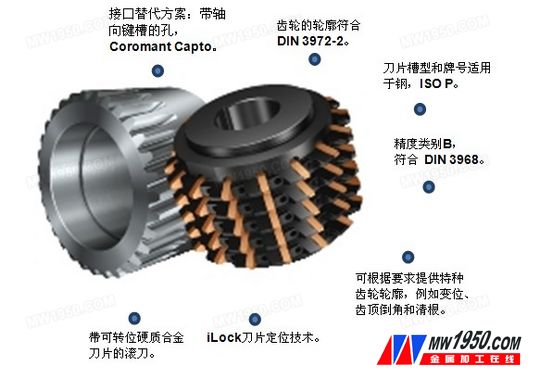
A new indexable carbide hob concept offers a cost-effective alternative to HSS hobs. Replacing the overall tool with indexable tools can significantly reduce associated maintenance operations. The new hob is easy to use and features high cutting parameters, which means a significant increase in productivity.
Buffing Wheel is made of finely cotton cloth by special technology and is the precision polishing tools of metal and non-metallic workpieces,It is made of mutillayers 100% cotton cloth sewn surround by the center,with a leather lip attached around the inner hole. High quality material, exquisite workmanship, long service life.Specially used for polishing jewelry, ornaments, or precise products.

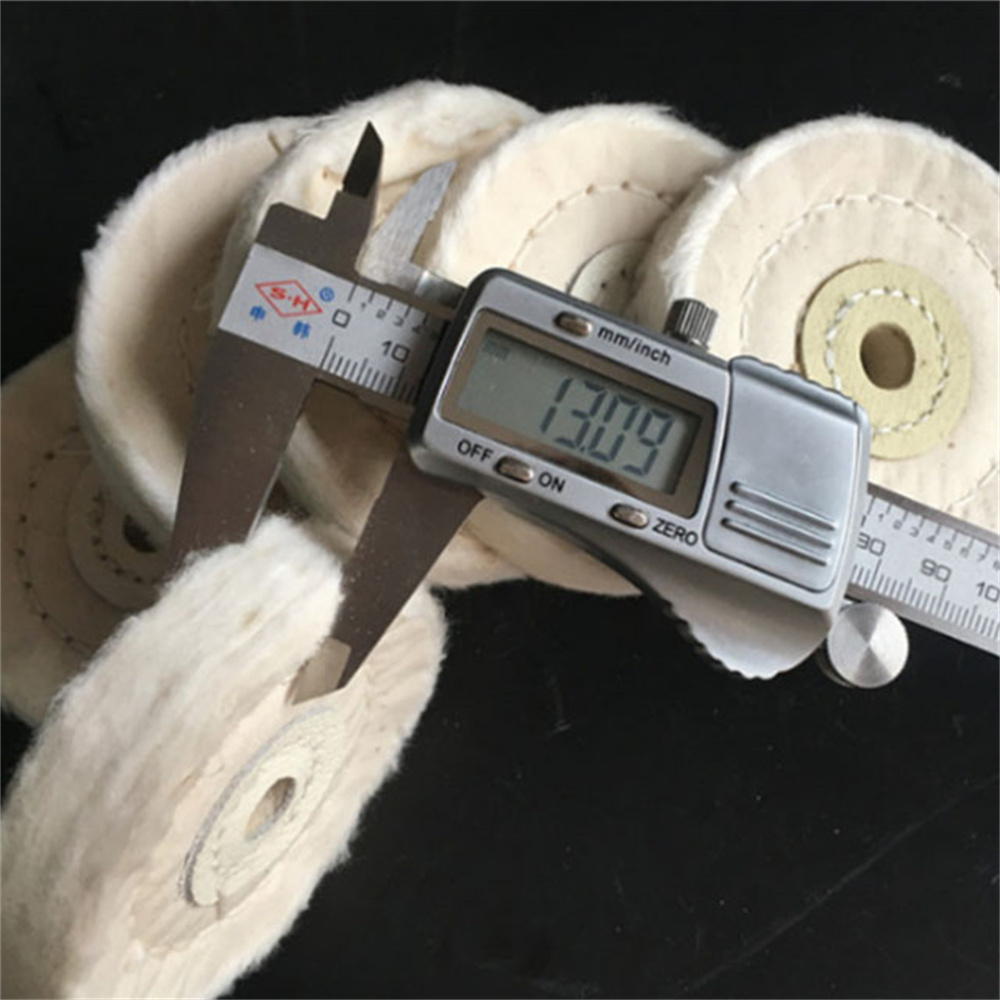
The layers of cloth edge with pile processing,suitable for metal, jewelry hardware,stainless steel, aluminum products, wood, plastic, ceramic, glass and watch industry grinding and polishing.
Working with polishing wax polishing effect is better.
Treated Buffing Wheels have a special chemical added to the cotton which gives them more aggressive cutting action allowing them to work faster than standard cotton spiral sewn buffing wheels. The chemical treatment also gives these buffs a longer lifespan.
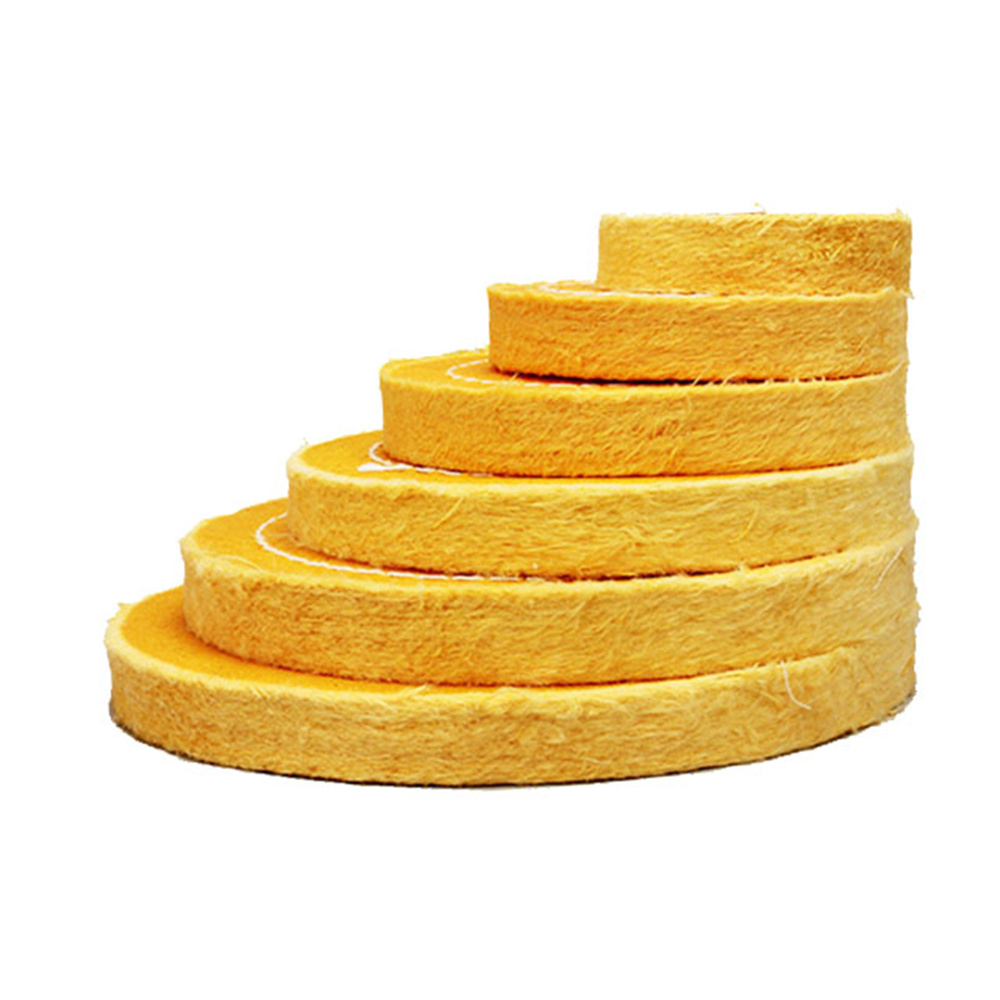
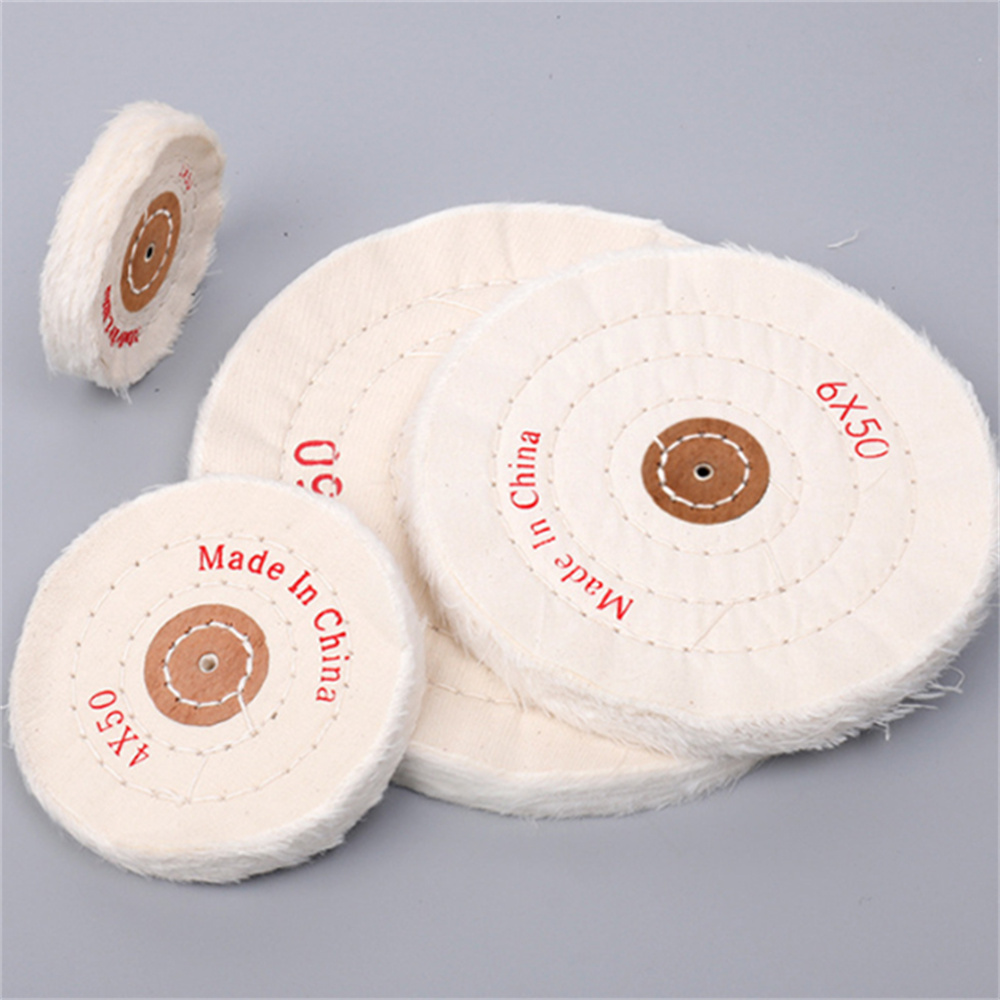
Treated buffing wheels can be used in place of Cotton Spiral Sewn buffing wheels for cutting and coarse buffing.
Features:
-- Suitable for Metal, jewelry, metal, stainless steel, aluminum, wood, plastic.
-- Surface of the ceramic, glass and watches industry grinding and polishing.
-- Use with polishing wax polishing better.
-- Can be stacked onto tapered spindles for required thickness.
We distributes and wholesales various brands of Bonded Abrasives , Abrasive Sanding Disc, Cutting Wheels , Flap Wheels , Flap Disc Backing Pad, Flap Disc Adhesive , and Surface Conditioning Product etc, and enjoy a high position among consumers.


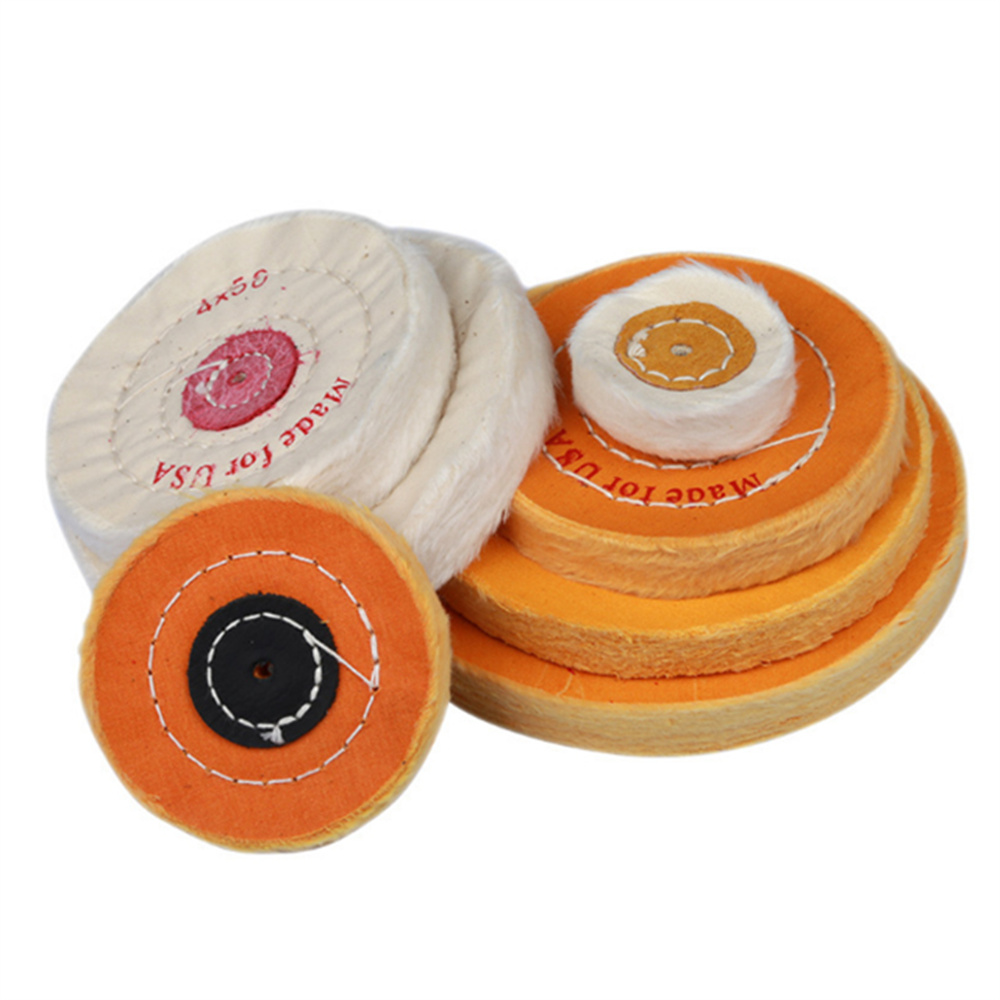
Cotton Buffing Wheels,Buffing Wheels,Polishing Wheel,Cut Off Wheels
Zhengzhou Jiading Abrasive Manufacturing Co.,Ltd , https://www.jd-abrasives.com